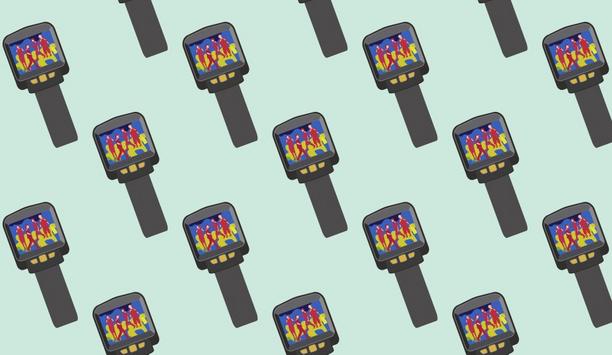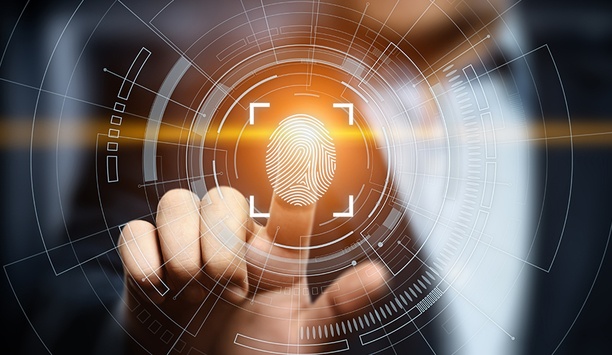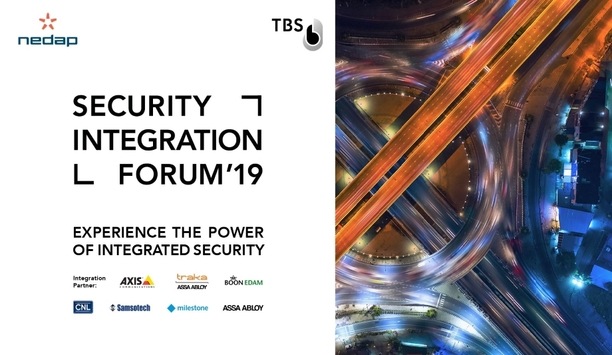Alex Zarrabi

Alex Zarrabi
CEO, Touchless Biometric Systems (TBS)Alex Zarrabi is the CEO at Touchless Biometric Systems. He has previously worked for IndigoVision, GE Security, VisioWave. He has completed his education from Swiss Institute of Technology EPFL.
News mentions
The coronavirus pandemic had a monumental impact on all aspects of the business world, including the security industry. However, amid the gloom and doom, many security professionals also saw opportuni...
Spread of the novel coronavirus has jolted awareness of hygiene as it relates to touching surfaces such as keypads. No longer in favor are contact-based modalities including use of personal identifica...
Nedap and Touchless Biometric Systems (TBS) are hosting the first Security Integration Forum in the Middle East on 7th October 2019. Held at the Conrad hotel on Sheikh Zayed Road in Dubai, it will bri...
Intersec 2017 shines spotlight on emerging technologies as Middle East outpaces global growth in biometric solutions A Dubai university’s cloud-based biometric time attendance...































